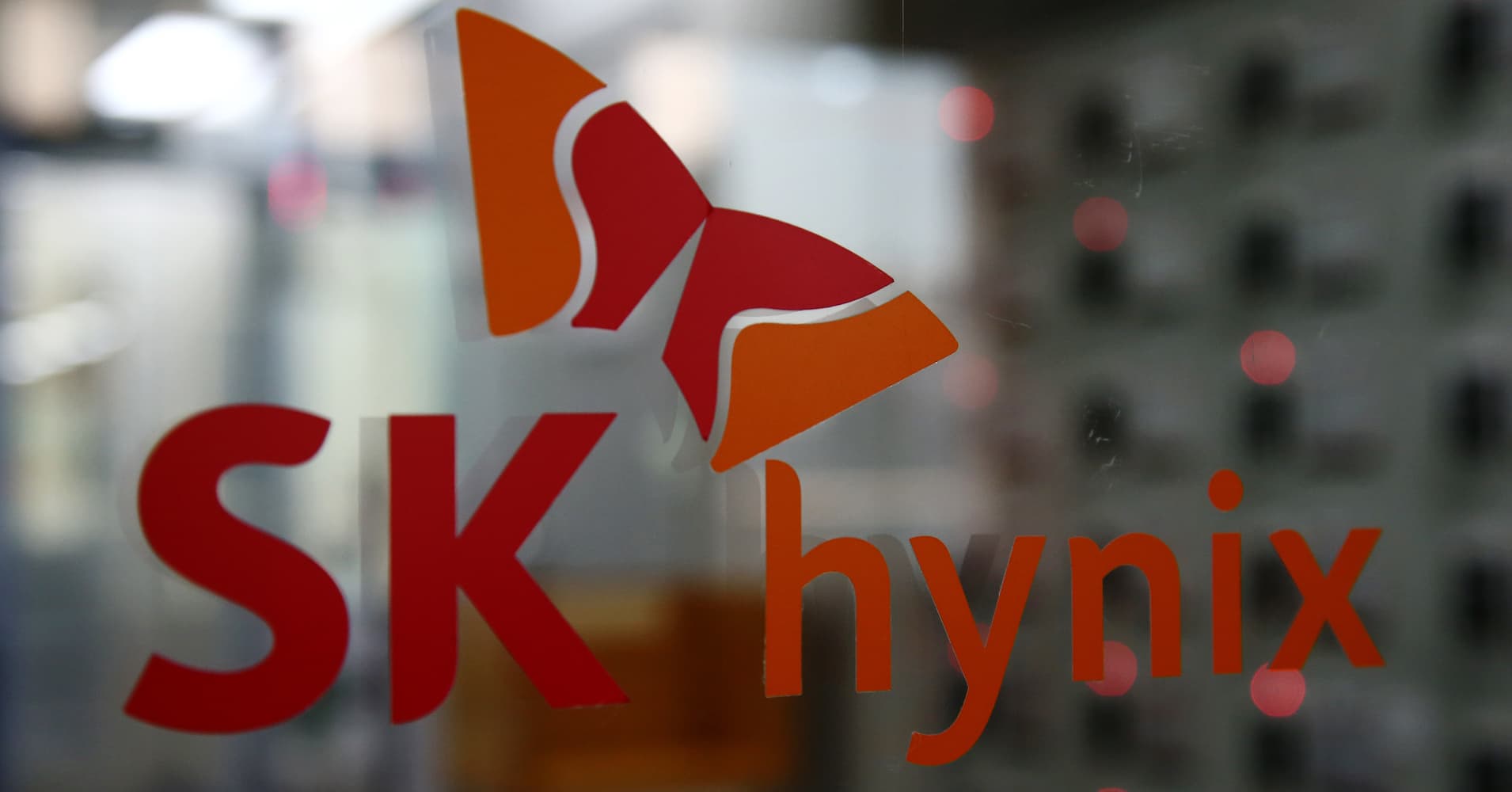- Sales increased approximately 35% in the June quarter when compared to the same period last year, while operational profit surged almost 69%, on a yearly basis.
- SK Hynix has positioned itself as the world’s top provider of high bandwidth memory — a form of DRAM utilized in artificial intelligence servers.
On Thursday, South Korea’s SK Hynix reported all-time high operating profit and revenue for the second quarter, driven by continued demand for its high-bandwidth memory technology utilized in generative AI chips.
Here are SK Hynix’s second-quarter performance in comparison to LSEG SmartEstimates, which are based on predictions from analysts known for greater accuracy:
- Revenue:22.23 trillion Korean won ($16.17 billion) compared to 20.56 trillion Korean won
- Operating profit:9.21 trillion won compared to 9 trillion won
Sales increased approximately 35% in the June quarter when compared to the same period last year, while operational profit climbed by almost 69%, on a yearly basis.
Revenue increased by 26% on a quarter-over-quarter basis, and operating profit surged by 24%.
The company mentioned in a statement that it experienced high demand and positive pricing situations during the first half of the year. SK Hynix noted that there is a low chance of significant demand decreases for the remainder of 2025, as customer inventory levels remain steady and new product launches are anticipated to drive demand.
SK Hynix is a top provider of dynamic random access memory, a kind of semiconductor memory typically located in personal computers, workstations, and servers, which is utilized for storing data and software instructions.
A significant portion of the company’s recent achievements can be attributed to its operations in high bandwidth memory, commonly referred to as HBM — a form of DRAM utilized in artificial intelligence servers.
SK Hynix has positioned itself as the world’s top provider of HBM, serving clients like the U.S. AI company Nvidia. The firm anticipates doubling its HBM sales for the entire year relative to 2024 — these products accounted for 77% of its revenue in the second quarter.
The company stated that it anticipated higher capital spending in 2025, requiring “active investment” to maintain support for its HBM clients in 2026.
In the first quarter, SK Hynix’s achievements in HBM allowed the company to surpass its competitor.Samsung Electronicsin the global DRAM market for the first time, according to Counterpoint Research.
A reportEarlier this month, Counterpoint Research reported that SK Hynix matched Samsung’s combined revenues from DRAM and NAND in the second quarter, as both companies competed for the leading position in the global memory market. NAND is a form of flash memory typically utilized in storage devices.
Samsung and U.S.-based memory manufacturerMicron TechnologyBoth are striving to close the gap with SK Hynix in the HBM market. Nevertheless, analysts anticipate that SK Hynix will maintain its leading position in the near term..
“As of this moment, I think SK Hynix continues to lead in the HBM competition… even with Samsung and Micron making progress,” stated Ray Wang, research director for semiconductors, supply chain, and emerging technology at The Futurum Group.
“I anticipate this advantage will remain throughout the rest of 2025 and carry over into 2026,” he added.







